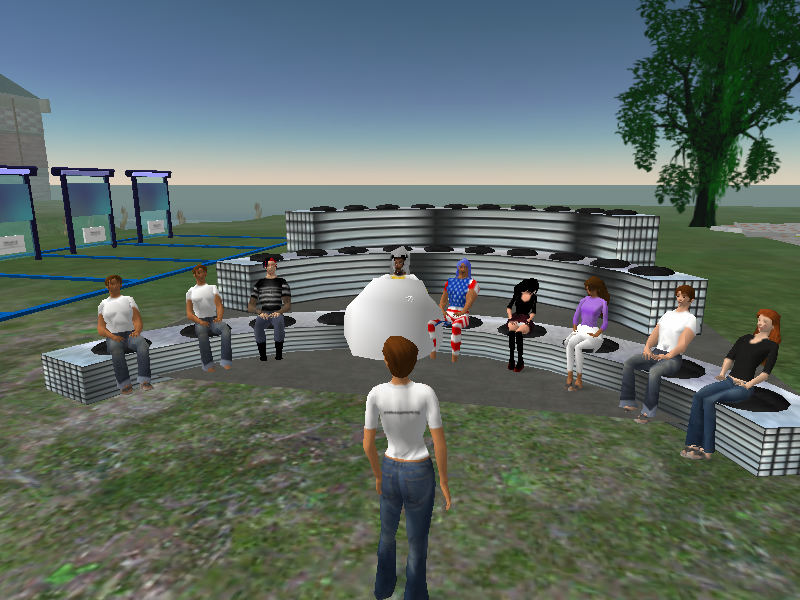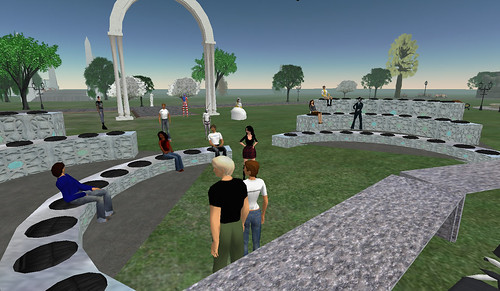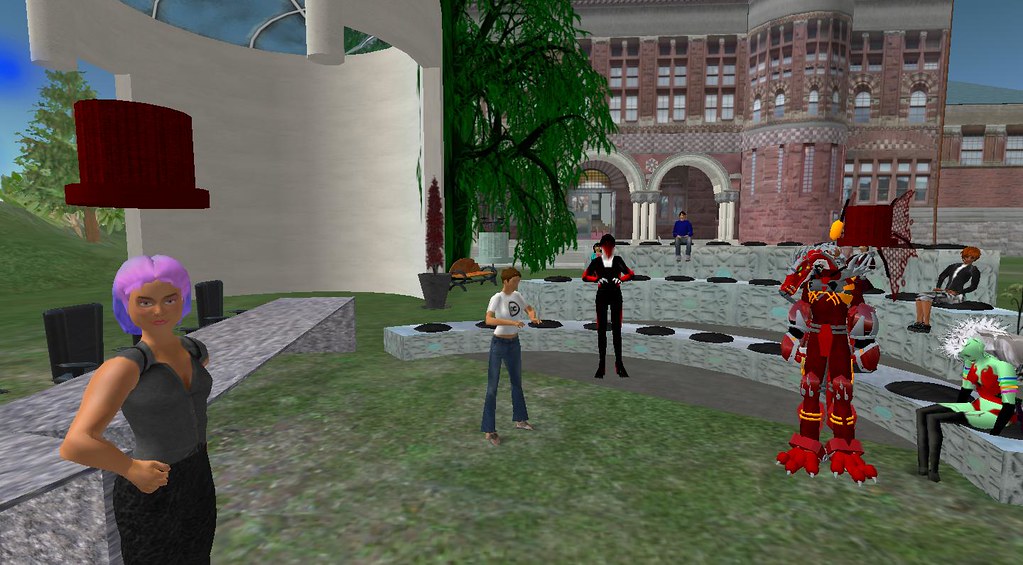This week in CyberOne was about self-governance and code. My father’s lecture yesterday was very strong. We began with the founding fathers, Thomas Jefferson in particular. At the founding of our country, Jefferson advocated against the idea of intellectual property:
He who receives an idea from me, receives instruction himself without lessening mine; as he who lights his taper at mine, receives light without darkening me. That ideas should freely spread from one to another over the globe, for the moral and mutual instruction of man, and improvement of his condition, seems to have been peculiarly and benevolently designed by nature, when she made them, like fire, expansible over all space, without lessening their density in any point, and like the air in which we breathe, move, and have our physical being, incapable of confinement or exclusive appropriation. Inventions then cannot, in nature, be a subject of property. Society may give an exclusive right to the profits arising from them, as an encouragement to men to pursue ideas which may produce utility, but this may or may not be done, according to the will and convenience of the society, without claim or complaint from anybody…(letter to Isaac McPherson, 1813 as cited in Kock & Peden, 1972).
We spent a few minutes considering this perspective and how it has been in large part erased by the seemingly inexorable progression of our copyright law toward locking up intellectual property in the hands of the rights holders for an indefinite amount of time. What might have once been seen as a healthy public domain is now branded as “theft” and “piracy” by those who have used their corporate power to extend their exclusive rights to forever minus one day.
But the main point of the Jefferson example was not advocacy for the public domain, but to focus us on the insight clarified so well by his words. Ideas are a special kind of thing: I can give my idea to you without losing it myself. Contrast this with, say, a sandwich. If I give you my sandwich, I don’t have it any more. Fast forward to 1995, when John Perry Barlow wrote his prescient and very optimistic article “The Economy of Ideas”. Now not only could one give away an idea without losing it, one could do it easily and at no cost because the idea could be expressed digitally, encoded in 0s and 1s and sent out over a network. By 1998 the college students of the world were happily using Napster to give away their music to any stranger who wanted it and the owners of the rights were helpless to stop it. The wine was out of the bottle and there seemed to be no way to put it back in.
The owners of the rights had two options in front of them: using the law (created to favor them by the strong arm of their money) and the strong arm of the state to bring people into line, or trying to implement some form of self-governance through technological means. If code could be used to allow open and free trade of ideas, perhaps code could be used to lock it back up. We are now in the midst of this battle. Property owners create ever more complex ways of locking up their data and hackers find ways to get around the the protections. Judging by the ease with which people can still gain access to copyrighted materials, neither the traditional legal methods nor the technological methods being employed by the copyright owners are working terribly well. The law is perhaps running a distant second to the technological methods.
In a (cyber-)world in which the coercive powers of the state are largely absent, we are left with the responsibility to govern ourselves. Governance in cyberspace is accomplished by code. Those who write the code, write the laws. So today we turned our attention to learning to write code. We are using a creation coming out of the MIT Media Lab called Scratch. Scratch is a graphical programming language in which you can drag and drop the components of your program, fitting them together like puzzle pieces. It has several huge advantages as a learning language. First, it prevents the most common mistakes by giving clear virtual cues in the shapes of the puzzle pieces. If two pieces of code cannot go together, they cannot fit together. In effect, Scratch enforces laws against type and syntax errors. Second, the language builds in many exciting primitive statements, making it easy to make interesting, engaging programs.
Unfortunately, my presentation of Scratch was not as smooth as I hoped. But the magnetism of Scratch came through and many students are already deep into writing games. Watch the wiki to see some of their creations! Fortunately, it gave an opportunity for some very interesting and open class discussion. Scratch has not yet been publicly released, though it will be released both freely and open-source, probably in February. We were granted permission to use it for this class but not to distribute the software freely. My father suggested that this might be a problem. How can we use a closed software when we’re basing our course on a principle of openness? For the first time, the class broke out of lecture mode and into discussion. Two main ideas were advanced.
First, one student eloquently spoke for his right not to adopt our causes just because he is taking our class. (See this seconding by a fellow student here). He was right to do so. We, as instructors, reserve the right to express our own vision and to use our power as instructors to make arguments in favor of our view. But we don’t expect that our students will adopt our views and we certainly don’t expect that they should be assumed to have done so just by virtue of having enrolled in the class. Our class is strengthened by a diversity of points of view. We expect engagement, participation, and independent thought.
Second, several students advocated for a more flexible view of openness. Openness need not begin before the creator is ready to release a creation. Openness need not be absolute. Openness need not result in the destruction of the concept of authorship. One student stood for the absolute version of openness. For me, I’m still waiting for a more practical answer. How can we incorporate openness into a functioning economy in such a way that people can thrive both in open for-profit enterprises and non-market enterprises.
This long post has been my way of sorting out this week. I wasn’t particularly happy with my own teaching today, but I am happy with where we are going. Legal thinkers writing code. Self-governance will emerge.
— Rebecca Nesson


